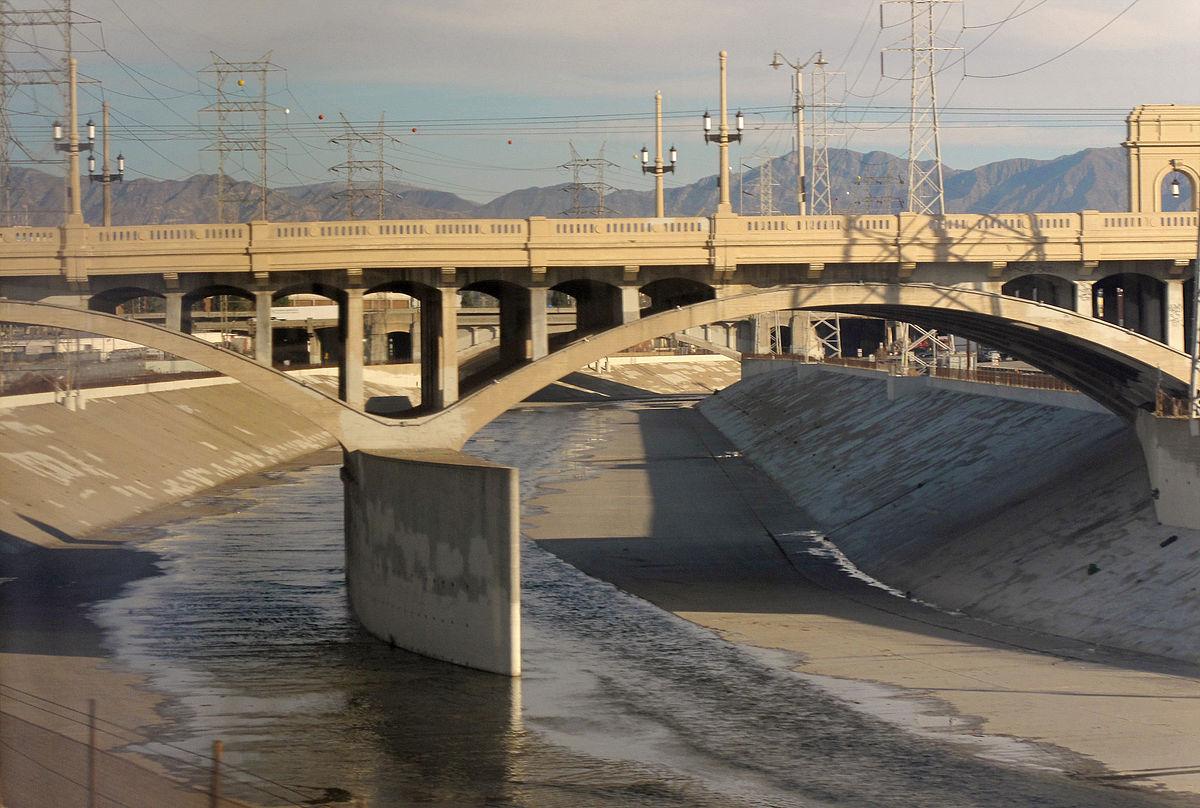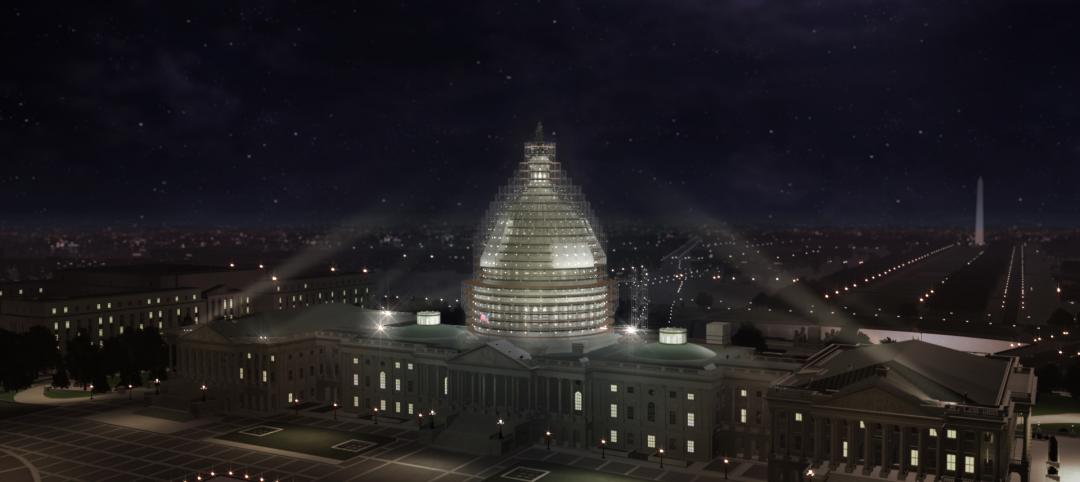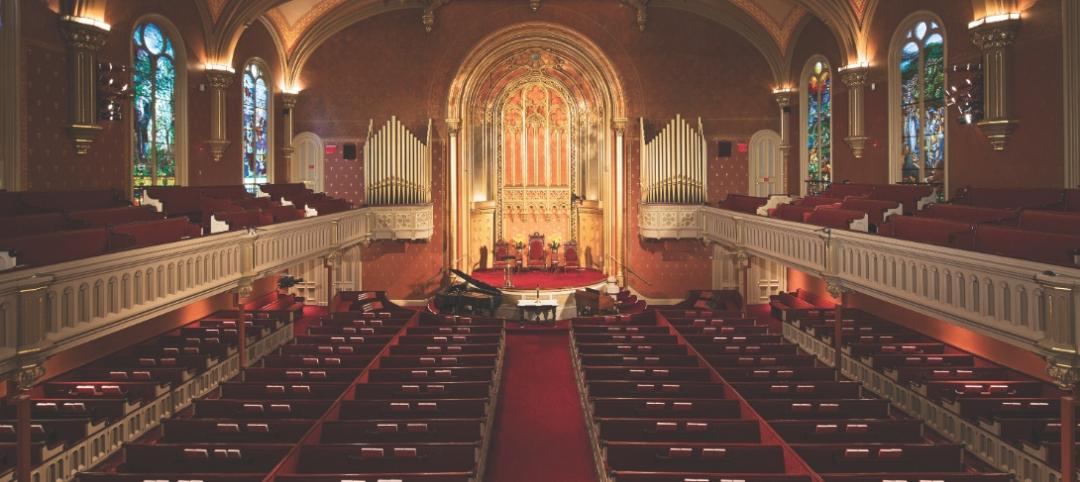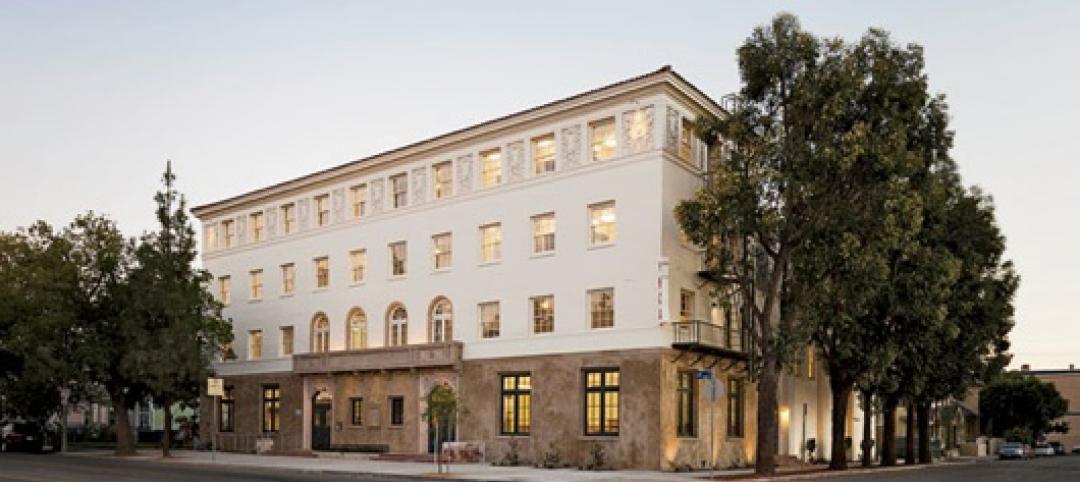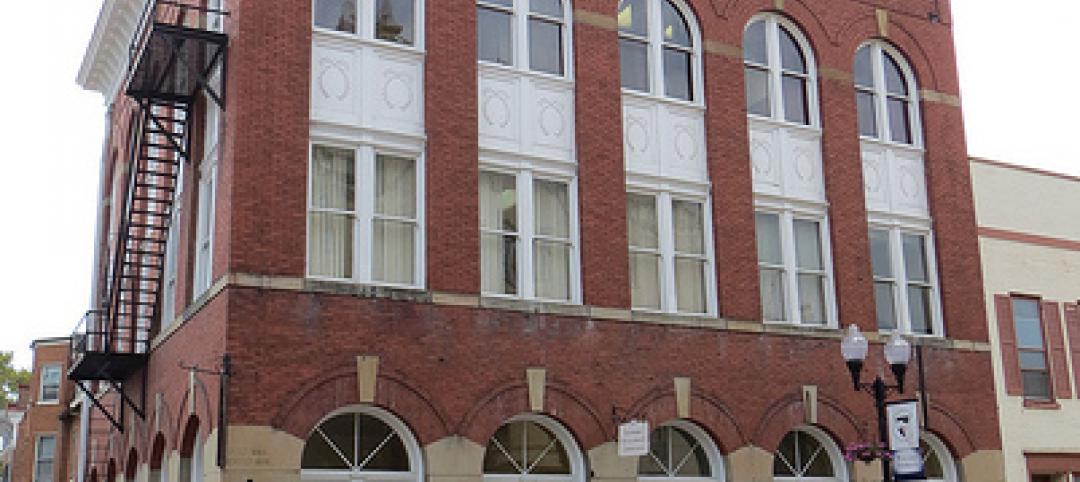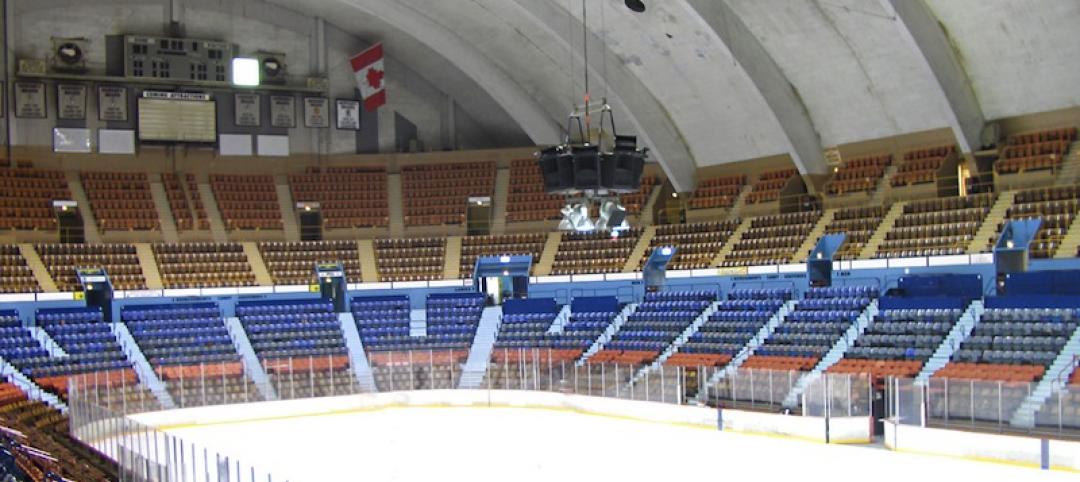For the past year, famed architect Frank Gehry has been assembling a team of architects and designers for the purpose of figuring out how to turn the system that currently prevents stormwater runoff from flooding the 52-mile-long Los Angeles River into a system that captures and even treats that stormwater for reuse.
The challenge would be allowing public access to the river, at a time when the entire state of California is struggling with drought conditions, without jeopardizing a flood-prevention system that’s been in place since before World War II. And if this plan were to take shape, what impact would it have on local neighborhoods near the river?
The federal government has earmarked $1.3 billion in funding to transform this river system into an urban waterway.
The Los Angeles Times reports that Gehry’s office, working pro bono so far, has already produced a 3D point-cloud hydrology model for 70% of the river. Now Gehry and his client, the nonprofit L.A. River Revitalization Corp., which formed in 2009 to coordinate river policy, must convince politicians, river advocates, and potential investors that this plan is workable.
The 86-year-old Gehry, who lives in L.A., reportedly agreed to take on this assignment only if it were primarily a water-reclamation project and not a redevelopment scheme that “brands” the river. And one of the main components of his plan would be to allow the public to use the river or its banks when the risk of flooding is low, which is most of the time.
Gehry’s involvement has certainly led to skepticism about the wisdom of handing this project over to someone with no water-management expertise. Gizmodo’s Urbanist Editor, Alissa Walker, worries that Gehry’s past architectural work “doesn’t show many gestures to the natural environment”. She also points out that in Los Angeles, public opinion about Gehry is polarized.
However, the involvement of a famous and well-connected architect could appeal to Mayor Eric Garcetti, who has a reputation for being overly cautious when it comes to pulling the trigger on costly infrastructure improvements. (Garcetti’s office confirmed that Gehry was working on a master plan for the river after the Times broke this story.)
The Times suggests that Garcetti could position this river plan as an anchor of a major policy and civic-design initiative, and as a chance to tackle several major issues including public health (thanks to new riverside parks and walking and biking paths), climate change and even affordable housing (if public land can be used along the river for new construction).
However, Garcetti isn’t the only one who needs convincing, as one-third of this river is outside of L.A.’s city limits (the flood prevention system runs through Long Beach to the ocean), and there are several cities and jurisdictions that would have to sign off on any proposal.
Two younger architects at Gehry Partners, Tensho Takemorio and Anand Devarajan, have been leading this effort. The team also includes Richard Roark of the Philadelphia-based landscaping architectural firm Olin, a Dutch water management expert named Henk Ovink, and consultants from the engineering firm Geosyntec.
The team developed the 3D model with Trimble, a technology firm that acquired Gehry Technologies last year.
Gehry is quoted as saying that his plan would complement earlier plans, including The Los Angeles River Revitalization Master Plan, developed by an ad hoc committee, which would also allow public access but focuses on establishing environmentally sensitive urban design and land use guidelines. And there’s also Alternative 20, a federal plan that calls for a dramatic redesign of an 11-mile stretch of the river near downtown. However, Gehry does not think it would be necessary to remove the concrete funnel that diverts floodwaters seaward.
Related Stories
| Nov 5, 2013
New IECC provision tightens historic building exemption
The International Energy Conservation Code has been revised to eliminate what has been seen as a blanket exemption for historic buildings.
| Oct 30, 2013
15 stellar historic preservation, adaptive reuse, and renovation projects
The winners of the 2013 Reconstruction Awards showcase the best work of distinguished Building Teams, encompassing historic preservation, adaptive reuse, and renovations and additions.
| Oct 25, 2013
Hoffmann Architects announces launch of U.S. Capitol Dome restoration
The Architect of the Capitol will undertake comprehensive restoration of the 150-year-old cast iron Dome, which has not undergone a complete restoration since 1959-1960.
| Oct 23, 2013
Manhattan's landmark Marble Collegiate Church modernized
Helpern Architects, Structure Tone led the Building Team in a multi-phase project.
| Oct 22, 2013
Slow-growth economy continues to boost renovations over new construction
Major renovation projects—those costing more than $100,000—climbed as a share of total nonresidential construction as the recession began and haven’t yet come down, breaking from historic patterns.
| Oct 15, 2013
Historic LA YMCA-turned apartment building wins World Architecture Festival award
A major renovation of an historic YMCA in Los Angeles to an apartment facility was named the 2013 World Architecture Festival Housing Award recipient.
| Oct 7, 2013
Nation's first glass curtain wall exterior restored in San Francisco
The Hallidie Building's glass-and-steel skin is generally recognized as the forerunner of today’s curtain wall facilities.
| Oct 7, 2013
Lenders want better data to fund more green building retrofits
The CEO of Pittsburgh’s Green Building Alliance says lenders want better data to justify loans for green building retrofits.
| Oct 1, 2013
Renovation of historic Winchester, Va., buildings uncovers Civil War cannonball, bullets
The renovation of a set of historic downtown Winchester, Va., buildings led to the discovery of several historic artifacts including a Civil War cannonball and bullets, a variety of old baseball cards, and a 1940s-era newspaper embedded in the drywall.
| Sep 24, 2013
Hersheypark Arena ceiling renovation brightens interior, improves acoustics
Hersheypark Arena in Hershey, Pa., unveiled a new look following a $500,000 ceiling renovation.


